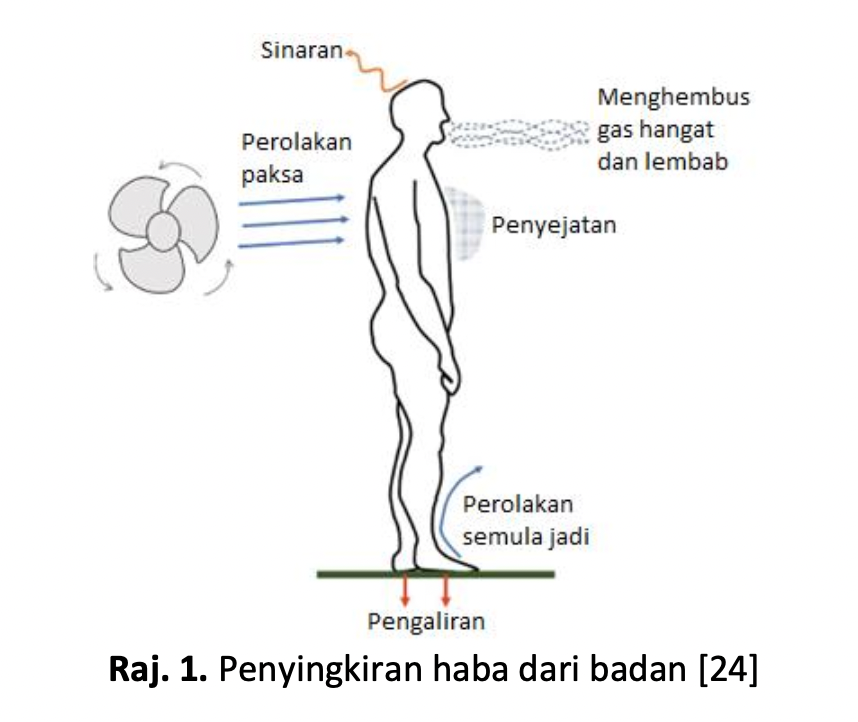Thermal Comfort in a Tropical Climate: Case Study of the Cafeteria in Student Residential College, UTHM Pagoh Branch Campus
DOI:
https://doi.org/10.37934/arfmts.114.2.165187Keywords:
Thermal comfort, natural ventilation, tropical climateAbstract
Thermal comfort is important for buildings, especially in tropical climates. The issue of increasing indoor temperature is influenced by various factors that cause occupants to face thermal discomfort in cafeterias that uses both mechanical and natural ventilation systems. This study aims to determine the perception of occupants and evaluate parameter variations of thermal comfort in the cafeteria of Pagoh Campus Residential College, UTHM Pagoh Branch Campus. This study was conducted through the measurements of subjective and physical parameters. Data collection is carried out in two days, which are weekdays and weekends. This study uses some parameters variation which are thermal sensation vote index (TSV), predicted mean vote index (PMV), predicted percentage of dissatisfaction (PPD), operative temperature (To) and neutral operative temperature (Tneutop) to determine the thermal comfort conditions in the cafeteria. The results shows that the average values of air temperature, mean radiation temperature, relative humidity and air velocity from environmental measurements were 30.2 °C, 30.6 °C, 66% and 0.1 m/s respectively. In addition, PMV and PPD values were 2.0 and 76% from environmental measurements, while 1.36 and 43% from questionnaires. For To and Tneutop, the average values obtained are 30.4 °C and 28.6 °C. Furthermore, the findings showed that only the morning session was in the acceptable operative temperature range and complied with ASHRAE Standard 55 for both the 80% and 90% acceptability limits. At the end of the study, it was found that the values from the thermal environment measurements and surveys exceeded those recommended by ASHRAE Standard 55. This concluded that the quality of the occupants’ environment in the cafeteria is outside the satisfactory thermal comfort level. Therefore, the improvement through mechanical ventilation may very helpful in improving a good ventilation system as well as encouraging an increase in thermal comfort in the building.
Downloads
































